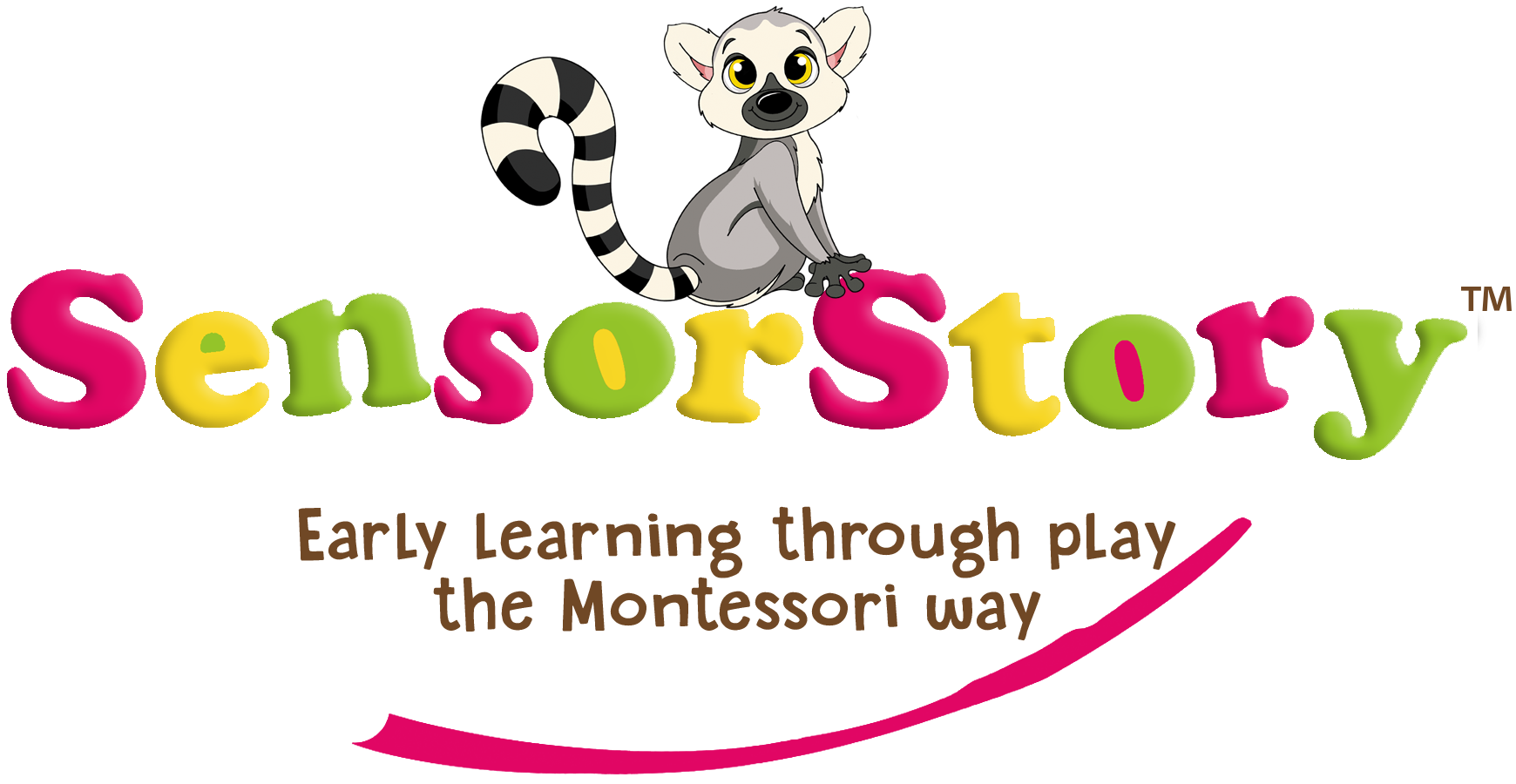In the Montessori approach, materials is the term used to describe the teaching aids, toys & activities in their play environment.
Montessori is all about tapping into a child’s natural impulse to learn & Montessori materials are hands-on learning tools that will usually target one skill, e.g., slotting a coin through a small hole into a box, which through repetition allows your little one to master this one skill. Non-Montessori toys (or Active toys), usually target multiple skills at once. e.g., one part for sound, another part for pushing a button, another part for twisting, another part for opening/closing, another part for a moving object etc.
Montessori materials are designed to encourage exploration, inspire independent learning & support problem-solving, while being simple to use.
“Nothing goes into the mind that does not first go through the hands.” – Dr. Montessori
Montessori activities are also complete, they will have a beginning, a middle & an end, & your little one will be able to complete the full work sequence as they develop, including putting the activity away. Being able to complete an activity is important for your little ones’ sense of mastery as children gain mastery through repetition. Complete activities are also important for your babe because while they are working on the activity, they are experiencing peace, & once they have completed it, they experience satisfaction.
Montessori activities are usually organised into trays or baskets, which hold everything that your tiny needs to complete the activity by themselves, i.e., if the activity includes water, we would want to include some sort of cloth to dry up any spills – making the activity complete.
“The satisfaction which they find in their work has given them a grace and ease” – Dr. Maria Montessori
Montessori also prefers natural materials, such as wood.
Dr. Montessori advocated ”real” toys made of natural materials, mainly because they’re healthy, promote inspiration in children & are generally safer (wood is among the safest materials nature provides for babies & children). But also, because they are durable – wooden toys will likely last a lot longer, & can be handed down to siblings or other children once the child has finished with them. She also favoured wooden toys because they are far more beautiful & lovely to touch, Montessori philosophy actively encourages physical beauty in the environment i.e., clean lines, attractive colours, natural materials, pleasing décor such as art & plants, & precise order, all which promote a calm learning environment, & wooden toys are a natural fit, especially as they are attractive to display. These toys are called open-ended or passive materials.
Passive toy = active learner ↔ Active toy = passive learner.
In Montessori, we prefer passive toys, which is the main characteristic of Montessori materials & means that the toys are not battery-operated & allow the child to be an active learner. Passive toys are materials that do nothing unless the child initiates play, i.e., the child must use the toy & manipulate the material for it to work. Montessori activities give babies & toddlers a great deal of satisfaction from mastery, allow for repetition of the activity & meet so many of your little one’s developmental needs. Conversely, active toys are not Montessori aligned, they are those mainly battery operated & without any sense of completion, in which they encourage the child to be passive & to rely on the toy to entertain the child. These toys tend to restrict & direct how little ones’ play with them & can be overwhelming & overstimulating. A simple, beautiful, well-crafted wooden toy can inspire your little ones’ interest without overwhelming them, & spark their imagination without directing it.
Passive toys don’t move, sing, clap or dance, they don’t have flashing lights, screens or vivid colours. They can help your little one develop –
- creativity,
- curiosity,
- motor skills,
- problem solving skills,
- teach object permanence,
- teach cause & effect
- & much more!
You will almost certainly find non-Montessori toys in most Montessori family homes, but they will in all likelihood be passive toys, which means that they are not battery operated & allow the child to be an active learner. Examples of some great open-ended, non-Montessori aligned toys –
- Duplo/Lego,
- construction vehicles/farm vehicles etc,
- barn & farm animals,
- Playmobil sets based on daily life (rather than fantasy),
- loose parts collected from nature adventures,
- train sets,
- board games
For information on how to setup an activity at home see our article on Montessori activities for home.
[vc_widget_sidebar sidebar_id=”sidebar”]
